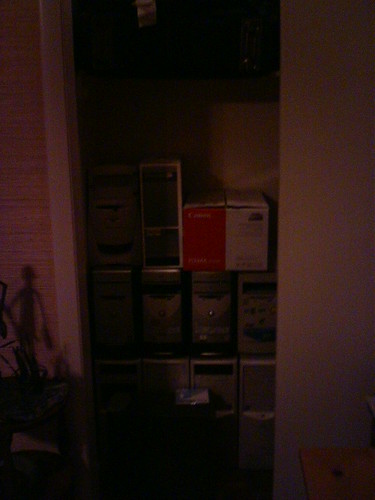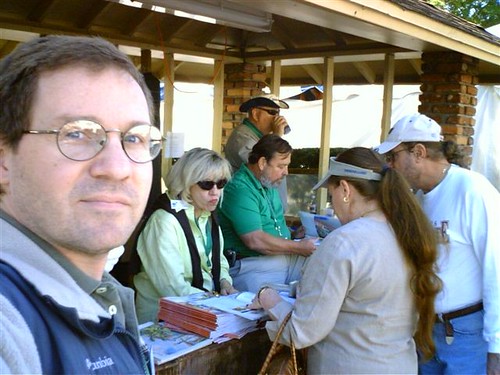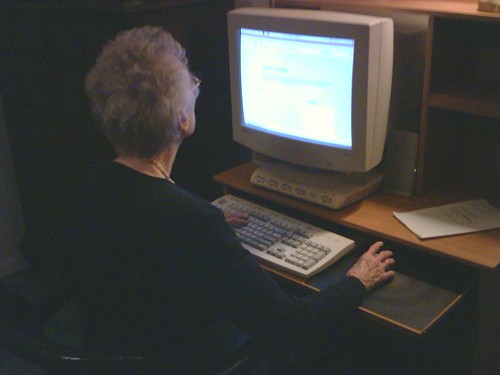 Fluxbuntu is, supposed to be at least, a lightweight distribution for older computers, or computer with a need for a minimal installation. Here's what Fluxbuntu looks like after installation:
Fluxbuntu is, supposed to be at least, a lightweight distribution for older computers, or computer with a need for a minimal installation. Here's what Fluxbuntu looks like after installation:
Fluxbox is the distribution's desktop environment. Damn Small Linux also uses Fluxbox.
To be honest, I didn't find Fluxbuntu any faster on the old Compaq than Xubuntu. And, Fluxbuntu has a strong learning curve. Unless you're fairly good with Command Line, Fluxbuntu isn't going to be a highly used distribution. I'm sure a lot of hard core linux aficionados will like it, but if a slimmed down distribution is what is desired, DSL is hard to beat. And, DSL was plenty fast when I tried it awhile back.
The installation went really quickly; less than 15 minutes. And once installed, it was usable right away. The weird thing is; no menu. No start, applications, or anything like that on the desktop. Unless you know to right click for the menu, you'd probably never find it. But, that's part of the appeal of Fluxbox; a clean, light environment. Other distributions do that, Xubuntu with XFCE in particular, but they have an application menu you can see.
After the installation was up, I found Synaptic package manager was available in the right-click menu. I enabled Universe and Multiverse, then updated the entire thing. Fluxbuntu is currently based on Ubuntu 6.06 LTS, so it's a stable version. There were 138 packages to update, and it took quite awhile. I was able to install Java, Flash, and just to see if it would work, OpenOffice.org Writer. I couldn't find anyway to run OpenOffice at first, but after a restart, it appeared in the menu list.
Fluxbuntu also doesn't have auto mount just yet, so when I plugged in a USB jump drive, it didn't show up. And I'm not yet skilled enough to find and mount a flash drive (something I need to learn). That even sounds funny; Mount a flash drive. I don't even find them attractive that way,...know what I mean? Anyway, that would be a big, "Not going to use it right now," for me at the moment. Gotta have access to USB drives. To be fair, I haven't tried that with DSL, so I don't know if it's any better with that distro.
Unless you know at least 50 or so command line instructions off the top of your head, I can't really recommend Fluxbuntu, or DSL. If you really like a lightweight distro, or need speed on an old machine, I'd have to recommend DSL right now. I just didn't find Fluxbuntu fast enough.
The people working on Fluxbuntu are independent of Ubuntu and Canonical, but are obviously very skilled at what they do. I believe it is entirely a community based project, and not officially part of the Ubuntu family. The Fluxbuntu.org site is down this weekend. I've read previously that they are updating to the Feisty packages, so they might be doing a website update was well. The community forum and wiki is still up.
I think Fluxbuntu will eventually play an important part in the Ubuntu Family, but it has more tweaks to be done. If you read any of my tech posts, and I had another year of Linux experience at the moment, you'd probably hear my raving about Fluxbuntu.
Maybe next year.














